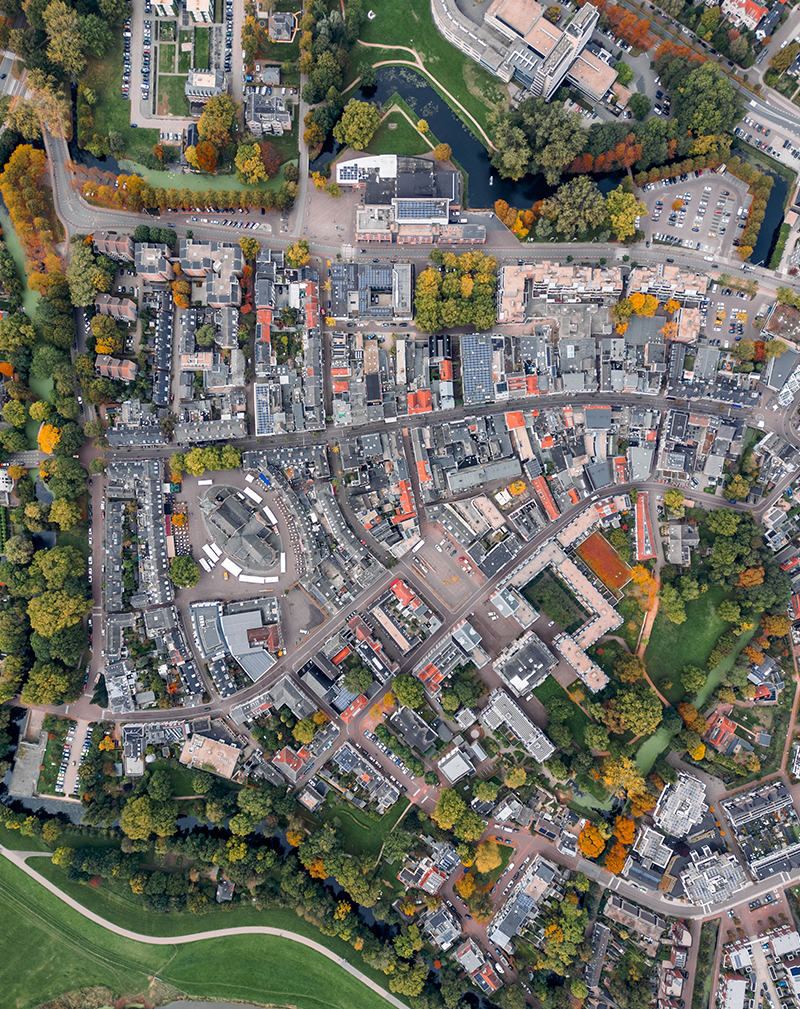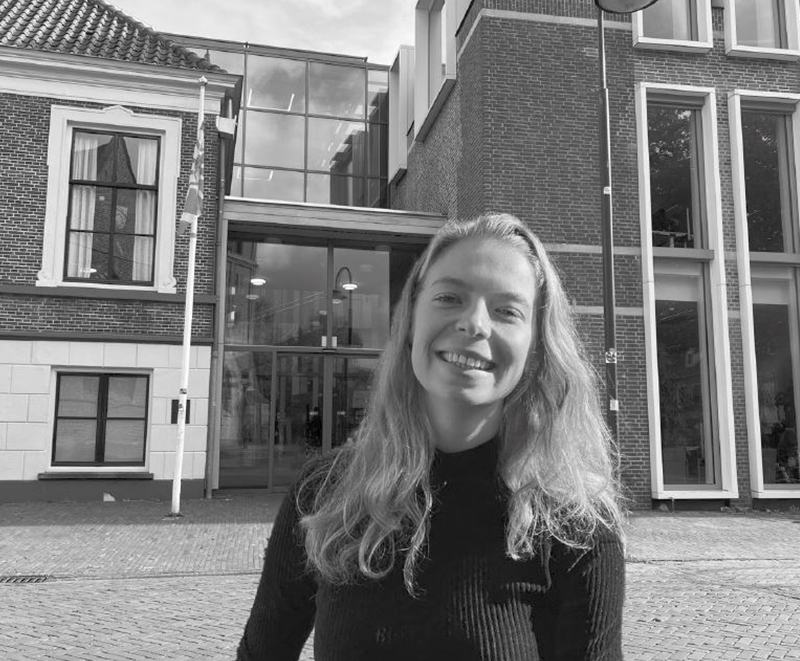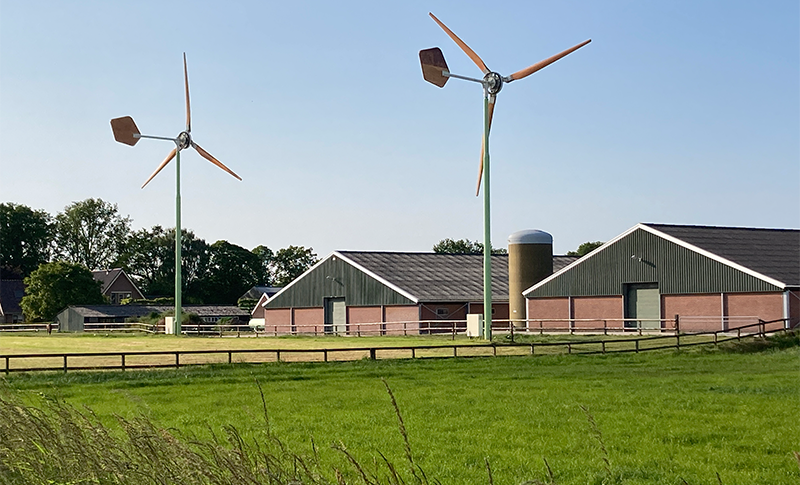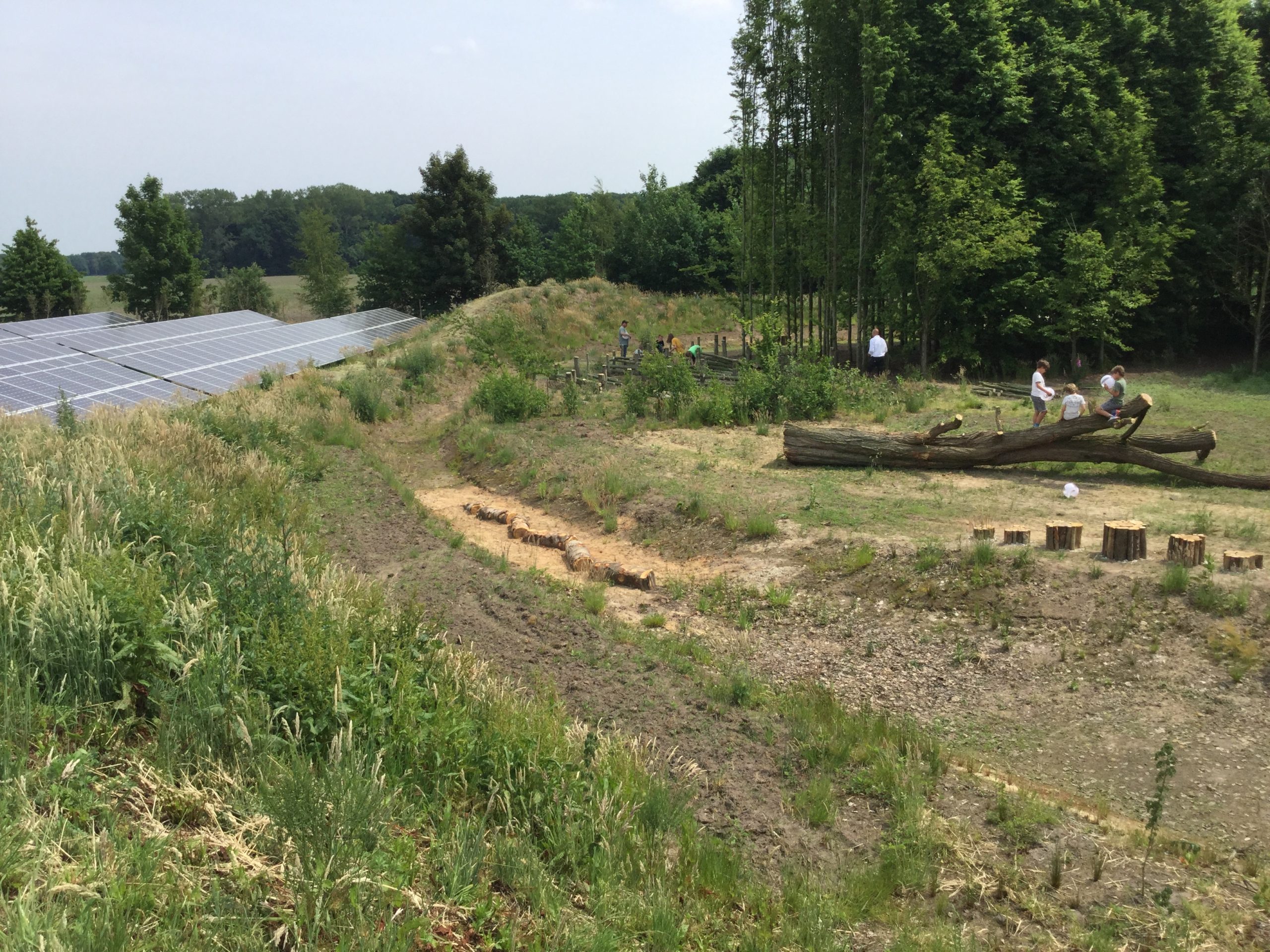WUR is coordinating a large research project on flexible energy communities, an idea aimed at getting the energy transition running more smoothly and fairly. Whether and how the idea will work is being studied close to home: Wageningen municipality is a partner in the project.
After a hesitant start, the energy transition in the Netherlands is picking up steam, with a big rise in the number of households with solar panels, heat pumps and electric cars. That places a bigger burden on the electricity grid, the expansion of which is not keeping pace: the low-voltage grids are rapidly reaching their limits. And because grid reinforcement is a slow process, it could take months or even years in some neighbourhoods before everyone can make their house more sustainable.
With grid capacity in danger of becoming scarce, a few important questions arise. Firstly: who gets the available capacity, which grids will be reinforced first? Will it be the neighbourhoods where the need is greatest because of the many solar panels, heat pumps and electric cars – in other words, the better-off neighbourhoods? Or should the capacity got precisely to places where going green will save the most energy – the older and often less affluent neighbourhoods?
Another question is whether there are any alternative solutions to the shortage. Could households help each other out by sharing energy, for instance? That is already happening a bit through the more than 700 energy cooperatives the Netherlands boasts, but on the whole, it is done via the grid, whereas that is exactly where the bottleneck is.
Some groups are at risk of poverty on three fronts: energy, transport and access to the grid
Also, most energy cooperatives are very locally oriented, and not everyone subscribes to the proverb ‘better a good neighbour than a faraway friend’. Some people would rather share their energy with a distant friend, although they would currently run up against some practical and legal obstacles.
Flexible communities
Flexible energy communities may be able to offer a solution. These are groups of people or households that exchange electricity through their electric cars, treating them as big batteries on wheels (see inset). The potential of this is huge, as described by project leader Bardia Mashhoodi, assistant professor and research coordinator of Digital Landscape Architecture in the Landscape Architecture and Spatial Planning chair group. ‘Per day, only an average of 15 per cent of an electric car’s battery capacity gets used, leaving 85 per cent “free” for use for energy storage and exchange. If the projections of just under three million electric cars by 2030 come true, we’ll have a massive total capacity: twice the electricity that we currently consume.’
The Dutch Research Council, a funding body, sees the potential of the flexible energy community too. A special call for proposals on the theme of ‘The energy transition as a social and technical challenge’ allocated the project 2.5 million euros last year. The other academic consortium partners besides WUR are the University of Groningen and Delft University of Technology.
Future scenario
The idea of electric cars as ‘mobile batteries’ for ‘energy communities’ may be a bit premature. It assumes that electric cars are capable of supplying electricity to other electric cars (known in the trade as V2V, vehicle to vehicle), to households, and possibly even to the grid (V2G, vehicle to grid). That may be possible in another few years, but most cars can’t do it yet.
Identifying needs
A fundamental condition for the intended energy communities is that we obtain an overview of which households are capable of sharing their self-generated energy with others, and what kind of households they are: their compositions, incomes, age groups, and socio-cultural backgrounds. So the researchers are using satellite images and AI models to document which households have solar panels on their roofs, using Wageningen as one of the four case studies. They combine this information with data from distribution system operator Liander on the geographical distribution of ‘heavy’ grid demand and charging points for electric cars.
‘This analysis provides the basis for what we call the “triple poverty” approach to the Wageningen energy transition,’ says Sol Maria Halleck Vega, an assistant professor in the Urban Economics Group who is closely involved in the project. She explains: ‘Gas and fuel prices have gone up a lot. Well-off households can cope with that partly by investing in solar panels, a heat pump and an electric car. But by no means everyone can afford that, and the people who can’t are at risk of poverty on three fronts: energy, transport and access to the grid. This project offers an opportunity to find a solution on all three fronts, so that the energy transition does not unintentionally exclude certain social groups.’
A fair transition
This inclusiveness is high on Robin Smale’s agenda too. Smale works as a Climate and Sustainability policy officer for Wageningen municipality, but knows WUR well too: at the end of 2021, he got his PhD in the Environmental Policy Group for a study on smart grids, the human scale. He says: ‘Wageningen municipality aims to be energy neutral by 2040. One of the challenges is that some neighbourhoods will need more energy to heat the houses than others. We are discussing this with Liander, because we set great store by a fair energy transition. The fact that the potential of electric cars is hardly being exploited at all is of great interest – particularly now, when the municipality is working on its spatial planning vision: what is possible, and where? Perhaps Wageningen’s mobility hubs can be combined with energy hubs. Knowledge about this sort of issue is very important from a policy point of view. It can help us make the right decisions in creating a sustainable future.’
City and university
Besides WUR and Wageningen municipality, the University of Groningen and Groningen municipality are partners in this four-year research project. Wageningen’s part of the project falls under the City Agenda, a recently renewed commitment by the university and the municipal council to working together to address complex local issues. Among the consortium partners are also a number of private parties: Arcadis, Aeres, ESRI Netherlands, Generation Energy, Heliox, ING Bank and TRIP legal consultancy.

 Some Wageningen neighbourhoods have become much more sustainable than others. Who should get priority on the grid? The photo is of the city center of Wageningen. Photo DroneWageningen
Some Wageningen neighbourhoods have become much more sustainable than others. Who should get priority on the grid? The photo is of the city center of Wageningen. Photo DroneWageningen 

